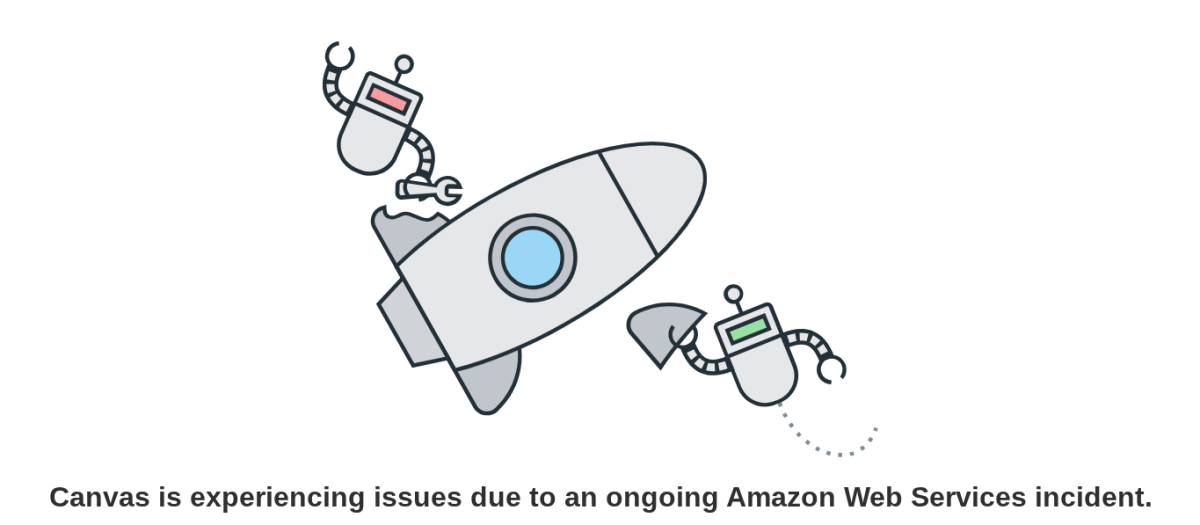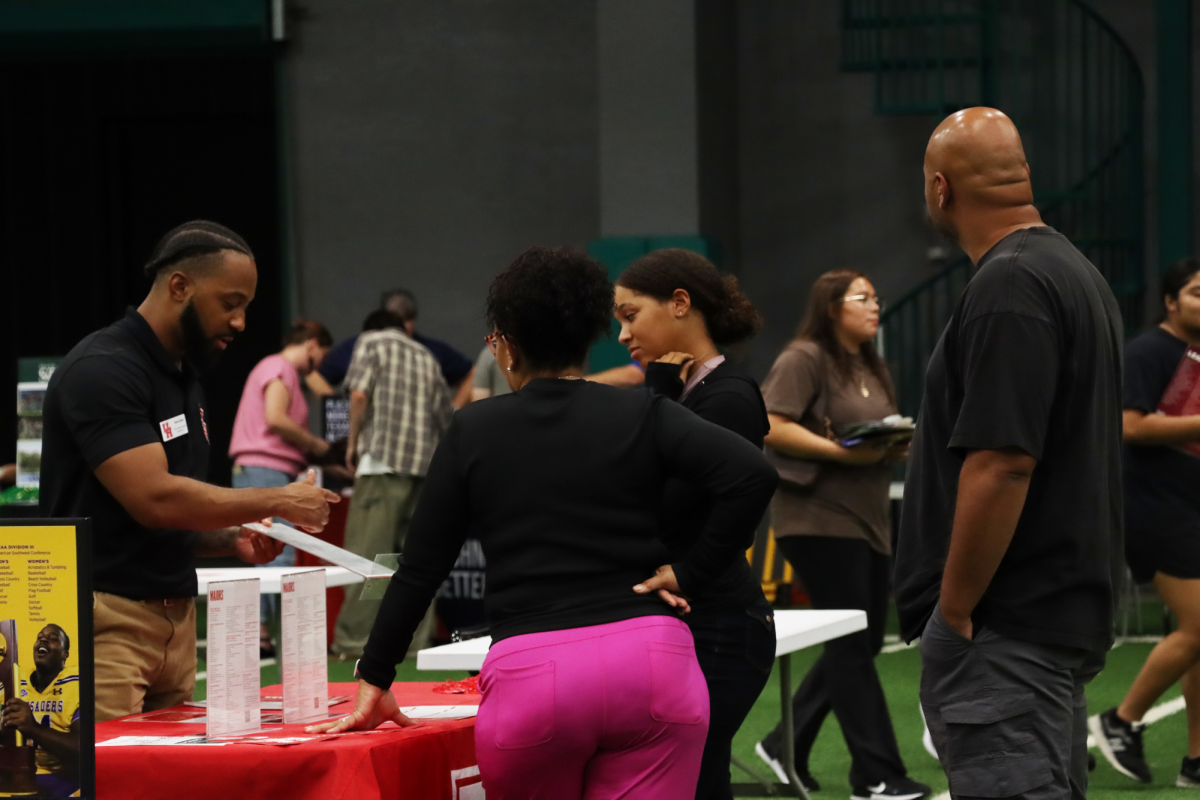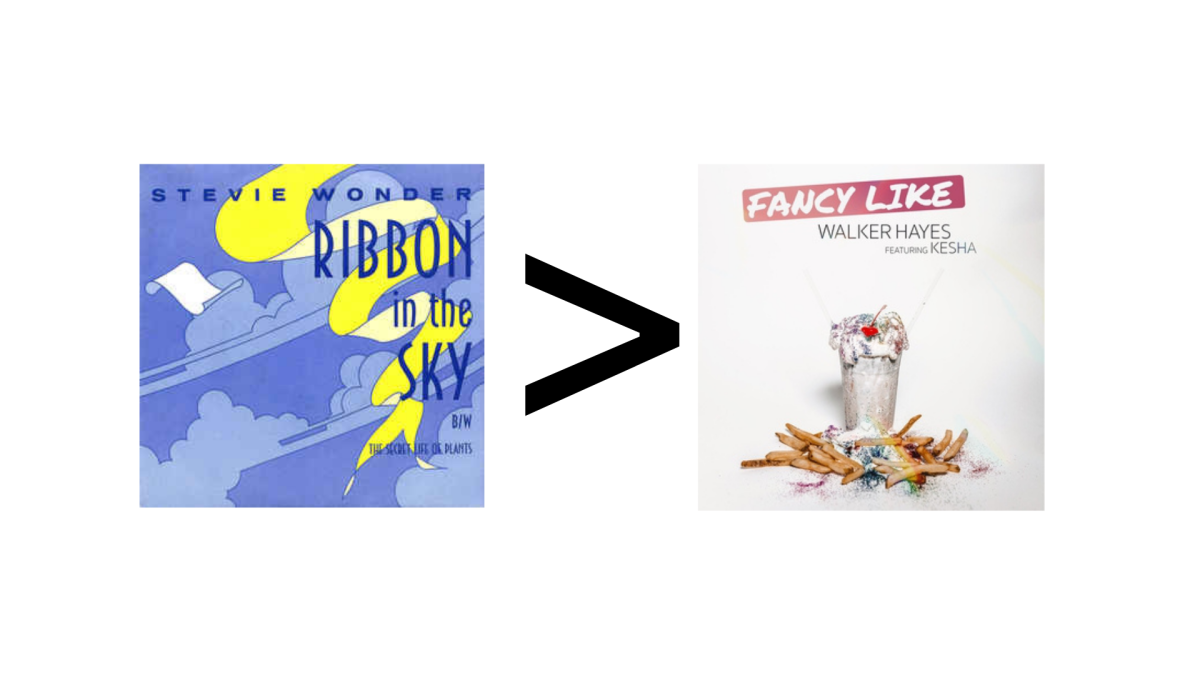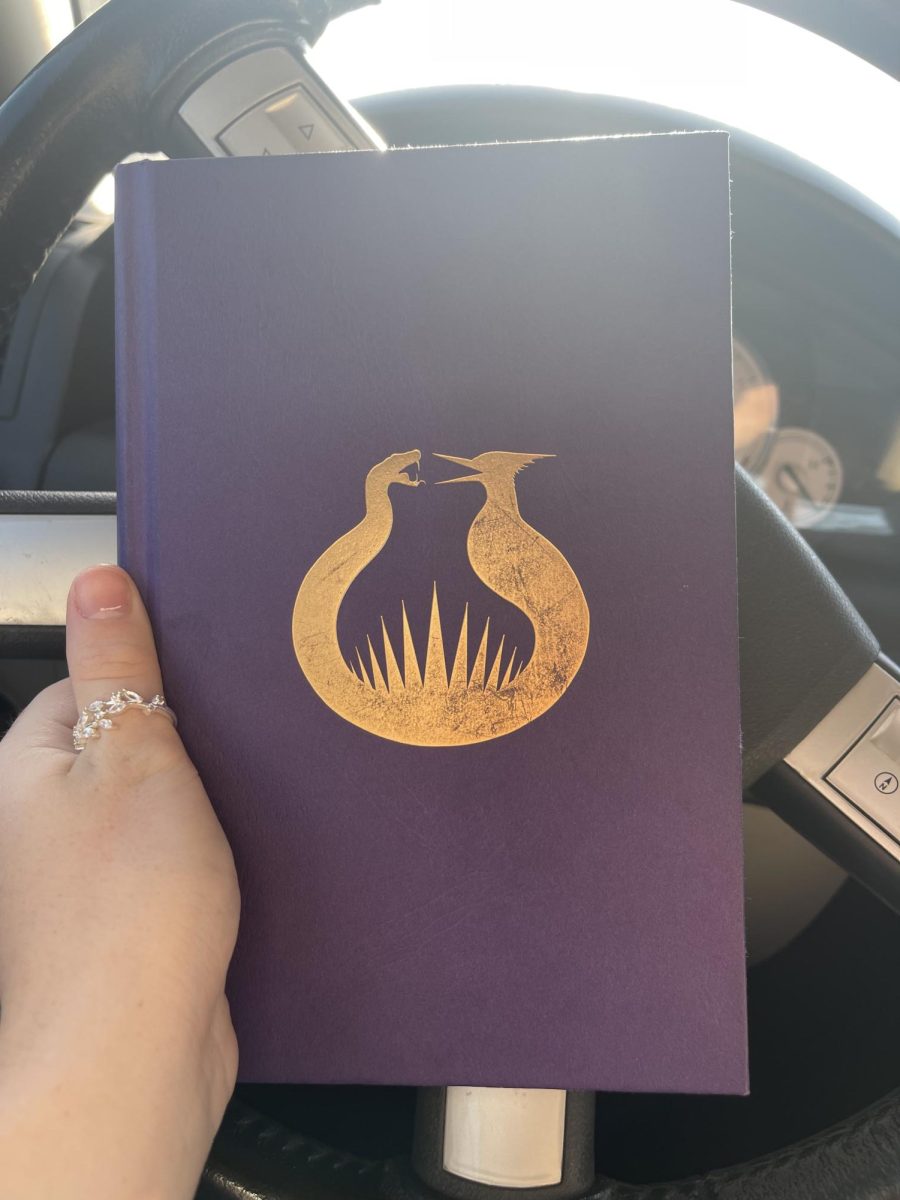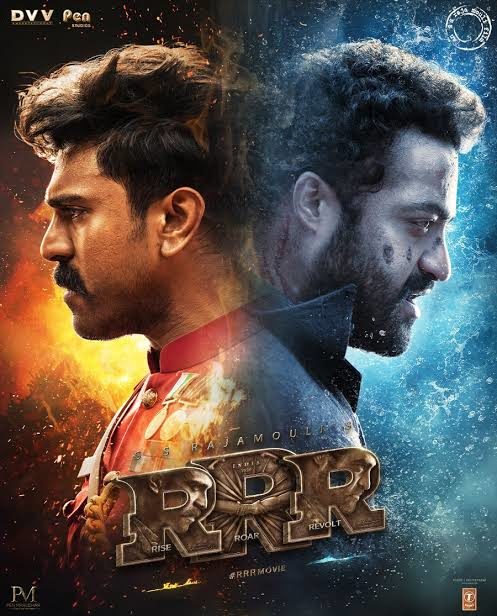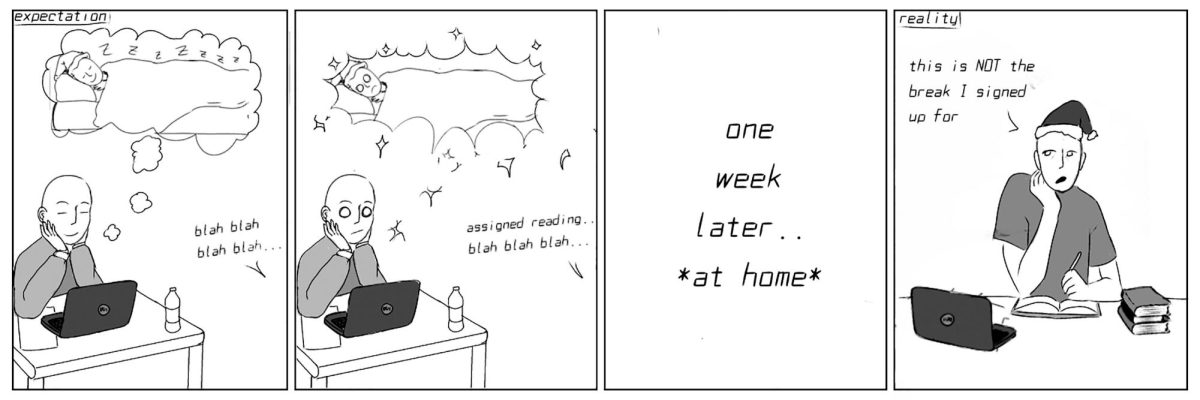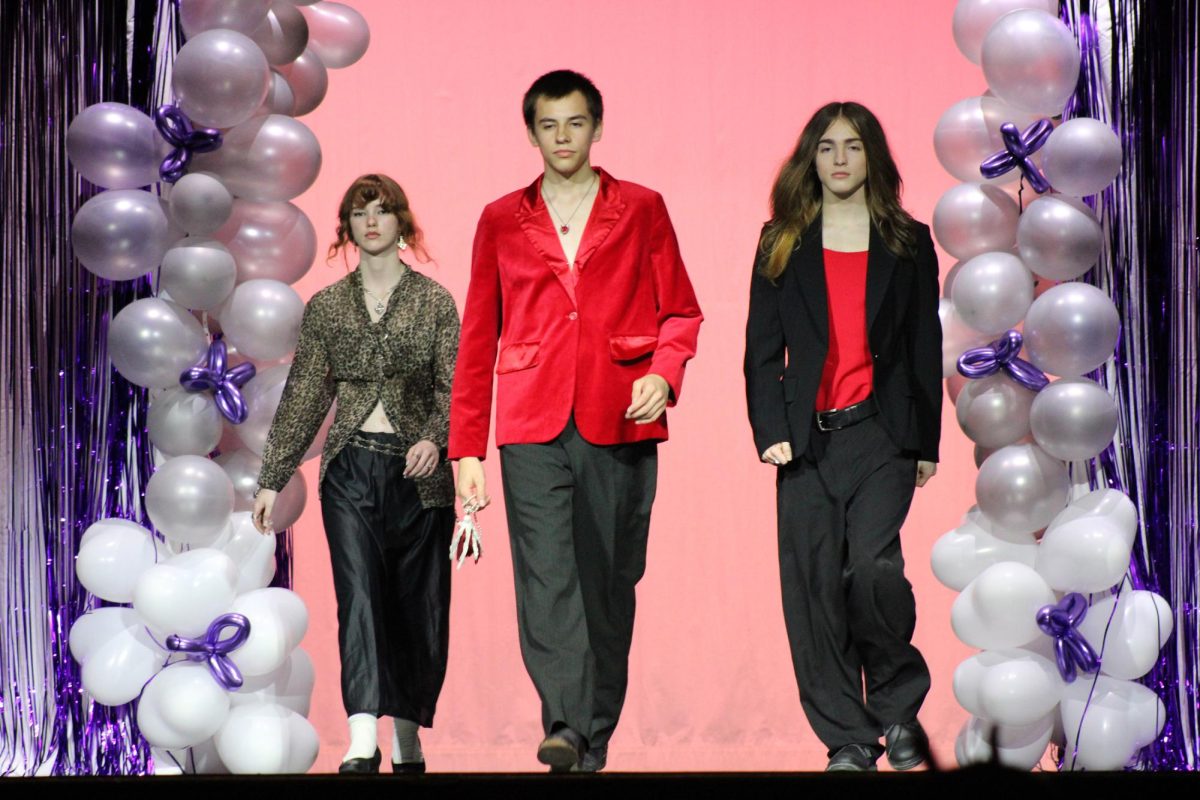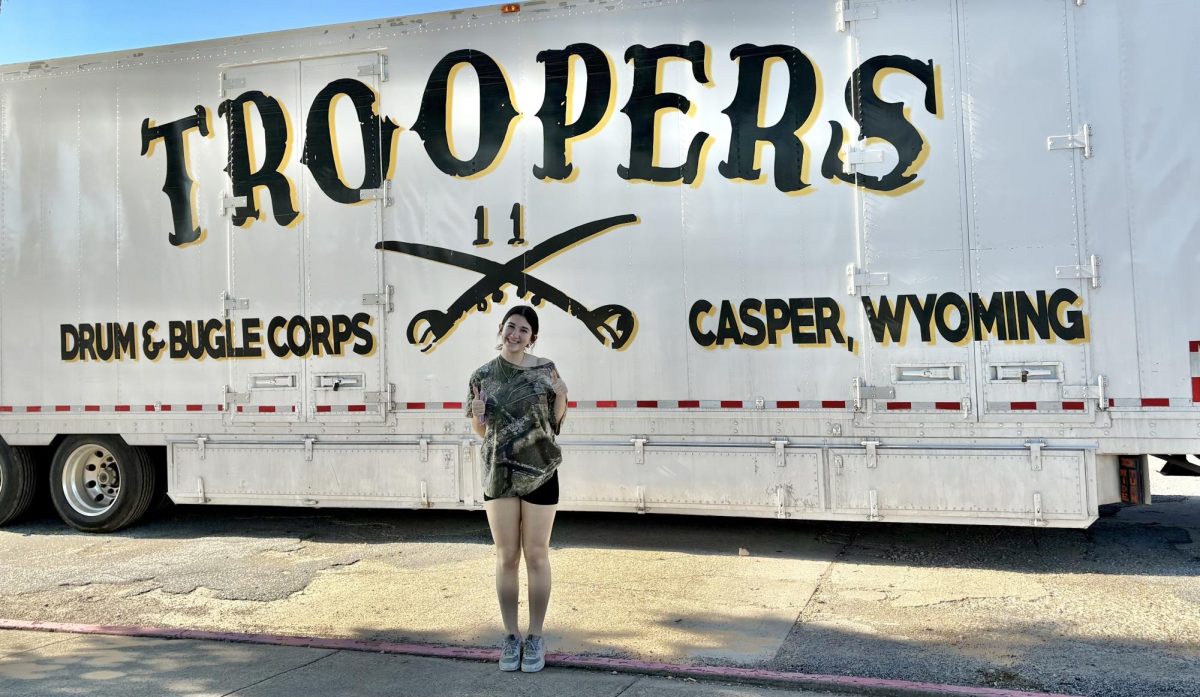Hop into Easter Traditions
The Christian and Non-Christian Origins of the Holiday
The Christian Roots of Easter by Daytona Gravlin
Easter is a religious holiday that celebrates the resurrection of Jesus. Most people celebrate this holiday by having church services, festive family meals, decorating eggs, egg decoration, and gift-giving. We celebrate the 3 days before Easter called Maundy Thursday, Good Friday and Holy Saturday (often referred to as Silent Saturday).
Maundy Thursday marks the day of the Last Supper as told in the Bible. Good Friday is the commemoration of the crucifixion of Jesus and his death at Calvary. Some schools allow students to have this day off as well. Holy Saturday is the day before the resurrection, which is the interlude between the pain and death of Jesus.
Christians start preparing 40 days prior to Easter, during the season of Lent. It focuses on remembering the death and resurrection of Jesus. Some people give up certain treats during the preparation in order to respect God during this time of year.
Though Easter is a religious holiday for many, it is also an opportunity for children to have fun. This includes finding eggs and celebrating the magical Easter Bunny. Some kids don’t really get the whole story of Easter so kids get to go find eggs and look for the magical Easter Bunny. Children may also receive Easter baskets full of candy and other treats to get into the Easter spirit. You may see a lot of people have crosses, especially white, in their yards to show their Easter spirit.
What about the Easter egg? Where did that come from? Dating back to ancient times, eggs, like rabbits, have also been symbols of new life and fertility in various cultures. As Christianity absorbed pagan spring traditions, the egg was also adapted to become the perfect representation of Jesus’ resurrection, the eggshell symbolizing the tomb, whilst the cracking of it represented Jesus’ emergence.
Easter is the time to celebrate with egg hunts, pictures with the Easter bunny and going to early Sunday morning church service. This holiday is an opportunity the time for people to learn about and connect more with God, as well as reward themselves with a chocolate bunny.
The Pagan Roots of Easter by Arianna Pardue
For many children, the Easter Bunny plays an important role in the magic of Easter. Activities include dyeing eggs and leaving out carrots with a glass of water in hopes that the Easter Bunny will visit. Even with all of the fun festivities, many are unaware of when and how the magical bunny got its start.
There are many versions of what we know now as the Easter Bunny. One account of the Easter Bunny is from the 1500s in Germany, with their tradition consisting of Osterhas (also known as Oschter Haws) who is a hare that lays colorful eggs. Children would make a nest in the yard for the bunny to lay its eggs, but this tradition has now expanded into making Easter baskets instead.
With this, there is also a pagan tradition that is similar to the Easter Bunny. The spring equinox is what is celebrated in place of Easter. This tradition celebrates the renewal of life, as well as the goddess of dawn and fertility Eostre. She is often represented as a hare or an egg.
Throughout the last century, The Easter Bunny is seen wearing occasional clothing like a vest or bow tie. The bunny is depicted with a basket of colorful eggs or chocolates. As the years go by, leaving a nest for the Easter Bunny and the idea that the Easter Bunny lays eggs have been long forgotten.
These roots have evolved into the modern Easter traditions, with multi-colored egg hunts, dyed eggs and baskets filled with chocolate or knick-knacks that are left by the Easter Bunny. Regardless of the idea of the Easter Bunny or how the tradition started, it’s an important part of Easter Day for many children.
Sources:
https://www.history.com/topics/holidays/easter-symbols#:~:text=According%20to%20some%20sources%2C%20the,could%20lay%20its%20colored%20eggs.
https://www.womansday.com/life/a17092846/easter-bunny-history/
https://sophisticatedwoman.com/the-origins-and-symbolic-meaning-of-easter-egg-hunts/#:~:text=Easter%20eggs%20and%20Easter%20egg,laying%20hare%20called%20Oschter%20Haws.
https://www.history.com/topics/1980s/exxon-valdez-oil-spill
https://herald-zeitung.com/opinion/letters_to_editor/article_a92ef55e-67bc-11e0-99ac-001cc4c03286.html

I am a senior this year and looking forward to college next year. I have 8 cats and 3 dogs that I adore. I am often found reading, drawing, or writing....


